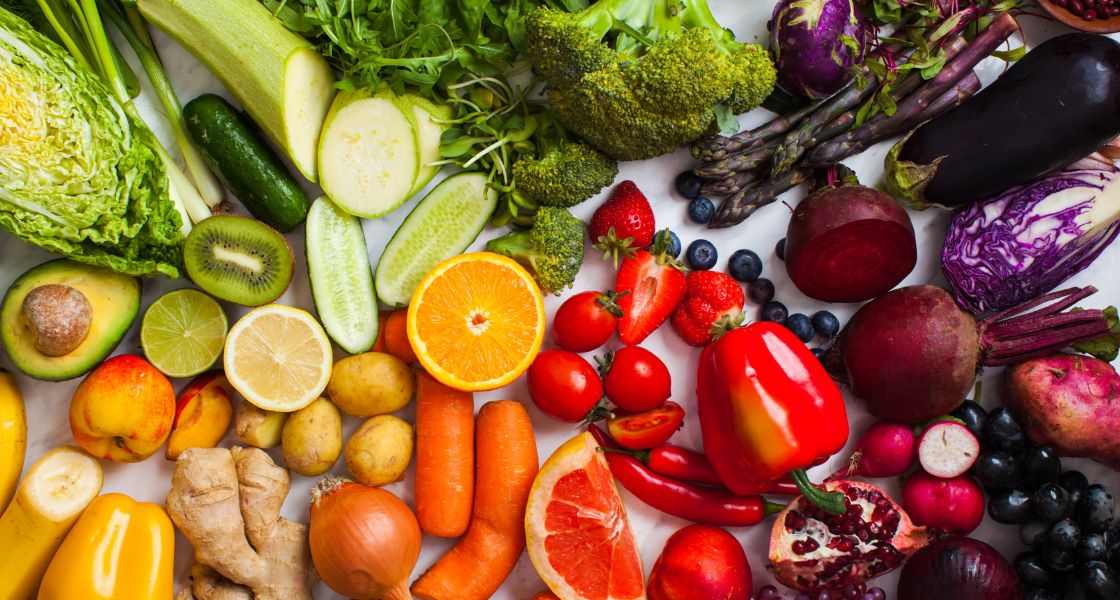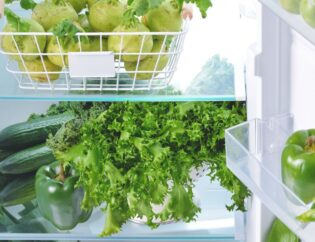
Understanding the seasonality of fruits and vegetables is crucial for any home cook or food enthusiast. Knowing when certain produce is at its peak ensures that you get the best flavor, nutrition, and value. Here’s a comprehensive guide to help you navigate what fruits and vegetables to look for throughout the year.
What berries and vegetables to buy in spring
Spring is a time of renewal and growth, and this is reflected in the variety of fresh produce available. Early spring brings tender greens like spinach, arugula, and watercress. These leafy greens are among the first to appear and are perfect for fresh salads and light dishes. Additionally, asparagus and peas start to make their appearance, offering crisp and sweet flavors ideal for springtime meals.
When it comes to seasonal berries, strawberries are the stars of spring. Their sweet and juicy nature makes them perfect for desserts, smoothies, or simply eaten fresh. Rhubarb also comes into season, often paired with strawberries in classic spring pies and jams. These seasonal berries and vegetables are at their best in spring, providing a refreshing start to the growing season.
Peak seasons for berries and key vegetables in summer
Summer is the peak season for a wide array of fruits and vegetables. This is when the market is bursting with vibrant, flavorful produce:
- Tomatoes, cucumbers, and bell peppers are at their prime, offering a perfect base for fresh salads, salsas, and grilled dishes.
- Zucchini and eggplant also flourish in summer, ideal for roasting or making ratatouille.
When considering what fruits grow in summer, berries are abundant. Blueberries, raspberries, and blackberries reach their peak, offering sweet and tart options for a variety of culinary uses. Watermelons, peaches, and cherries are also in season, providing juicy and refreshing treats perfect for hot days. These seasonal fruits and vegetables are at their most flavorful and nutritious during the summer months.
Seasonal vegetables and late berries in autumn
Autumn brings a shift towards heartier and more robust produce. This season is known for its root vegetables and squashes.
- Carrots, beets, and sweet potatoes become staples in many dishes, providing warmth and depth of flavor.
- Pumpkins and butternut squash are also prominent, often used in soups, pies, and roasted dishes.
Late-season berries such a cranberries start to appear, adding a tart flavor to autumnal recipes. Apples reach their peak in the fall, offering endless possibilities for pies, ciders, and fresh eating. Pears and pomegranates also come into season, adding unique flavors to both sweet and savory dishes. These seasonal vegetables and fruits provide rich flavors and nutrients as the weather begins to cool.
What’s fresh in the coldest months of winter
Winter might seem like a challenging time for fresh produce, but there are still plenty of seasonal vegetables to enjoy:
- Root vegetables like parsnips, turnips, and rutabagas are excellent choices for hearty winter meals.
- Cabbage, brussels sprouts, and kale thrive in colder temperatures, offering nutritious and versatile options for stews, sautés, and salads.
When considering what vegetables grow in winter, don’t overlook winter squashes such as acorn and delicata. These squashes are perfect for roasting and add a sweet, nutty flavor to winter dishes. Citrus fruits like oranges, lemons, and grapefruits are at their best in winter, providing a burst of vitamin C and refreshing flavors. These fresh seasonal vegetablesand fruits ensure that even in the coldest months, you can enjoy a variety of nutritious and delicious produce.
How weather conditions affect berry and vegetable quality
The quality of berries and vegetables is highly influenced by weather conditions. Temperature, rainfall, and sunlight all play crucial roles in determining the flavor and texture of produce.
- Spring's fluctuating temperatures can impact the growth of tender greens and early berries, sometimes leading to delayed harvests or reduced quality.
- A hot, dry summer can result in sweeter, more concentrated flavors in fruits like tomatoes and berries. Conversely, too much rain can dilute the flavors and cause issues like mold or mildew.
- In autumn, cooler temperatures help enhance the sweetness of root vegetables and apples, as the plants convert stored starches into sugars.
- Winter's cold can improve the flavor of certain vegetables like kale and Brussels sprouts, as frost triggers chemical changes that reduce bitterness and increase sweetness.
Understanding these seasonal variations can help you select the best quality produce year-round.
In summary, being aware of what fruits grow in summer, what fruits grow in spring, and what vegetables grow in winter allows you to make informed choices and enjoy the best that each season has to offer. Seasonal berries and vegetables not only taste better but are also more nutritious and environmentally friendly. So, next time you’re shopping for produce, keep this seasonal guide in mind and savor the flavors of each season.


